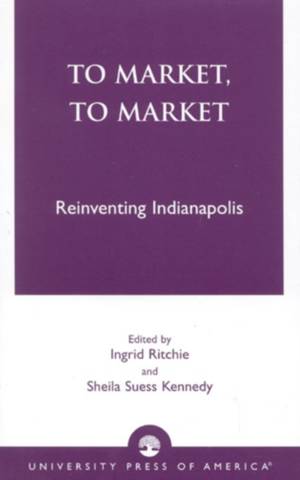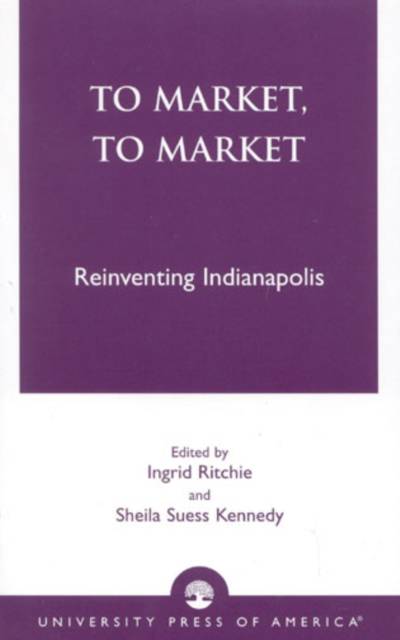
- Retrait gratuit dans votre magasin Club
- 7.000.000 titres dans notre catalogue
- Payer en toute sécurité
- Toujours un magasin près de chez vous
- Retrait gratuit dans votre magasin Club
- 7.000.000 titres dans notre catalogue
- Payer en toute sécurité
- Toujours un magasin près de chez vous
To Market, to Market
Reinventing Indianapolis
Ingrid Ritchie, Sheila Suess Kennedy
Livre relié | Anglais
175,95 €
+ 351 points
Description
The national preoccupation with efforts to "reinvent" government, and to privatize service delivery must be implemented in the "real world" environment of local government, where the application of a market approach carries both promises and risks. In Indianapolis, Mayor Stephen Goldsmith spent his two terms as chief executive creating an urban laboratory for programs designed to bring market efficiencies to municipal government- to make government smaller and more effective, and to remove regulatory burdens on business. During the eight years of the Goldsmith Administration, citizens of Indianapolis experienced a form of cognitive dissonance: as national media outlets waxed more and more enthusiastic over Goldsmith's programs, local citizens became increasingly disenchanted and cynical, shrugging off the national accolades as evidence of a masterful public relations machine. For those who study issues of governance, the discrepancy suggested the need for a closer look at the realities of the Indianapolis experiment. Did the Goldsmith years herald new approaches to be emulated elsewhere, or did the national coverage simply demonstrate the importance of "spin" in the treatment of urban initiatives? What really worked, and why?
Spécifications
Parties prenantes
- Auteur(s) :
- Editeur:
Contenu
- Nombre de pages :
- 528
- Langue:
- Anglais
Caractéristiques
- EAN:
- 9780761819813
- Date de parution :
- 09-05-01
- Format:
- Livre relié
- Format numérique:
- Genaaid
- Dimensions :
- 149 mm x 221 mm
- Poids :
- 698 g







